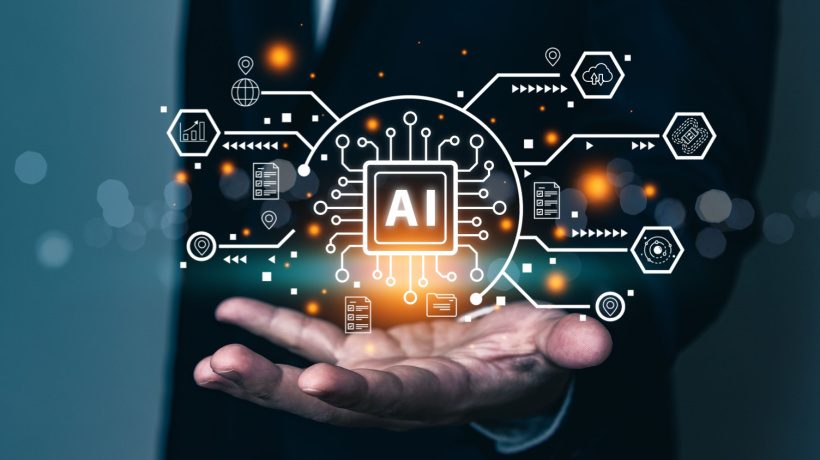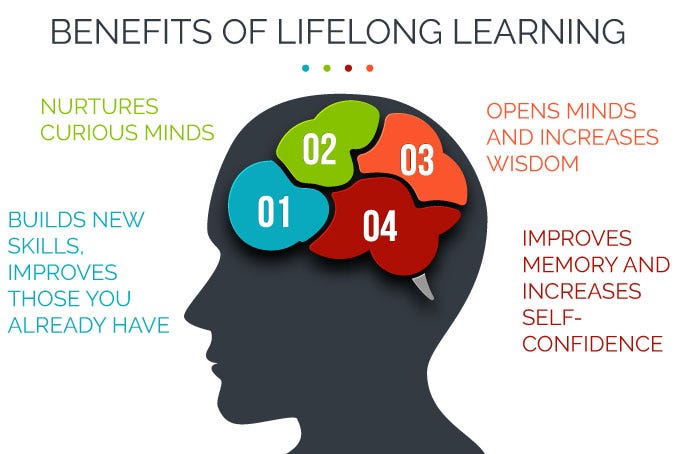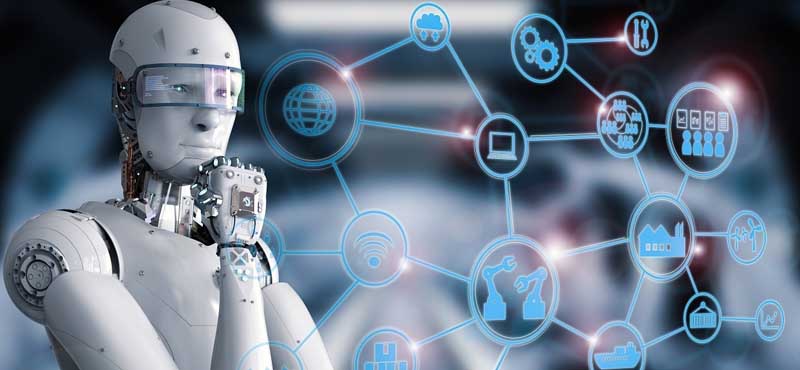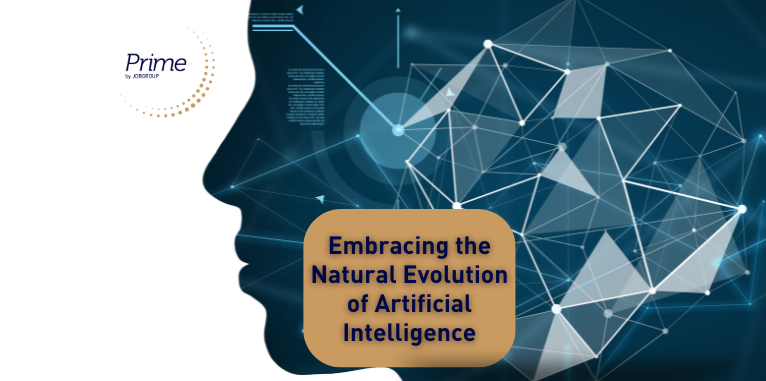
Introduction to Lifelong Learning and its Importance
In a world that’s constantly evolving, the concept of lifelong learning has never been more crucial. As technology advances at an unprecedented pace, individuals are finding themselves in a race to keep up with new skills and knowledge. Gone are the days when education was confined to classrooms and textbooks; today, we live in an age where learning is a continuous journey.
Imagine being able to personalize your educational experience based on your unique needs and preferences. Picture harnessing the power of artificial intelligence (AI) and cutting-edge tech innovations that adapt to you as you grow. This isn’t merely a dream—it’s the future of lifelong learning. As AI and technology reshape how we learn, they present exciting opportunities for everyone from students to seasoned professionals.
The intersection of education, AI, and technology not only holds promise but also challenges our traditional views on teaching methods. Are you ready to explore how these advancements will redefine what it means to learn throughout life? Let’s dive into this fascinating landscape together!

The Role of AI in Education: Making Learning Personalized and Efficient
AI is transforming education in remarkable ways. One of the most significant impacts is its ability to personalize learning experiences. By analyzing individual performance data, AI can tailor lessons to suit specific needs. This means students can learn at their own pace.
Efficiency is another crucial aspect. With AI-driven tools, educators can automate administrative tasks like grading and attendance tracking. This allows them more time to focus on teaching and engaging with students.
Furthermore, intelligent tutoring systems provide real-time feedback and support for learners outside traditional classroom hours. Whether it’s through chatbots or adaptive learning platforms, assistance is always available.
Students benefit from customized resources that address their unique challenges. They receive targeted content designed just for them, enhancing understanding and retention while fostering a deeper connection with the material they study.
Impact of Technology on Education: Virtual and Augmented Reality, Gamification, and More
Technology is reshaping education in profound ways. Virtual and augmented reality immerse learners in dynamic environments. Imagine studying history by virtually walking through ancient Rome or exploring the human body from within.
Gamification adds another layer to this transformation. By turning lessons into interactive games, students engage more deeply with content. This approach leads to better retention and a greater motivation to learn.
Collaborative platforms also enhance communication among peers and instructors. Students can now connect globally, sharing insights and knowledge across borders.
Adaptive learning technologies assess individual progress in real-time. They tailor resources based on each learner’s unique needs, making education more efficient than ever before.
These innovations are not just trends; they represent a shift toward an engaging, personalized educational experience that prepares learners for the complexities of modern life.
Challenges and Controversies Surrounding AI and Tech in Education
The integration of AI and tech in education isn’t without its hurdles. Privacy concerns loom large, as the use of data to personalize learning experiences raises questions about student information security.
Moreover, there are worries about equity. Not all students have equal access to technology. This gap can exacerbate existing educational inequalities rather than bridge them.
Some educators fear that reliance on AI may diminish critical thinking skills. When machines provide answers quickly, will students learn to think deeply?
Resistance from traditionalists is also a factor. Many believe that face-to-face interaction remains essential for effective learning.
The potential for bias in AI algorithms cannot be ignored. A lack of diverse data sets can lead to skewed results that affect learners unfairly. Addressing these challenges requires thoughtful dialogue and careful planning within educational systems.

Strategies for Incorporating AI and Tech into Lifelong Learning Programs
To effectively integrate AI and tech into lifelong learning programs, it’s crucial to start with a clear framework. Identify the specific needs of learners first. This will guide the selection of tools that enhance their educational experiences.
Next, prioritize user-friendly platforms. Technology should support rather than complicate the learning process. Choose solutions that are intuitive for all age groups.
Encourage collaboration through online communities. These spaces allow learners to share insights and resources, fostering a sense of belonging.
Data analytics can be transformative as well. By monitoring progress and engagement levels, educators can tailor content in real time for maximum impact.
Invest in continuous training for instructors. Their ability to harness technology effectively is key in shaping a dynamic learning environment that resonates with diverse audiences.
Future Possibilities: How AI and Tech Could Revolutionize the Education System
Imagine a classroom where AI tailors lessons to each student’s learning pace. Personalized education could become the norm, fostering deeper understanding and retention.
With intelligent tutoring systems, learners can receive instant feedback, ensuring they grasp concepts before moving forward. This adaptive approach can reduce frustration and enhance motivation.
Tech like virtual reality will transport students to historical events or distant planets without leaving their desks. Such immersive experiences ignite curiosity and engagement in ways traditional methods cannot match.
Moreover, data analytics will empower educators with insights into student performance trends. They can refine curricula based on real-time needs rather than outdated standards.
Collaboration tools powered by AI may connect learners globally, creating diverse learning environments that enrich perspectives. This interconnectedness fosters a culture of shared knowledge and collaboration across borders.
As we envision this future landscape, it’s clear that innovation has the potential to reshape how we perceive education itself.
Conclusion: Embracing the
Embracing the future of lifelong learning means recognizing the transformative power of AI and technology in shaping education. As we navigate this evolving landscape, it is essential to foster a culture that values continuous growth and adaptability. By harnessing personalized learning experiences offered through AI, incorporating immersive technologies like virtual reality, and utilizing engaging methods such as gamification, we can create an enriching educational ecosystem.
However, embracing these advancements also requires addressing concerns surrounding equity, privacy, and ethical use of data. Collaboration among educators, technologists, policymakers, and learners will be crucial in overcoming these challenges.
The potential for innovation is immense. Imagine classrooms that adapt to individual learning paces or programs tailored specifically for adult learners looking to upskill in their careers. This vision can become a reality if we actively invest in developing robust lifelong learning strategies that leverage AI and tech.
As we stand at this intersection between tradition and innovation in education’s evolution journey ahead invites us all to explore new frontiers together. Are you ready to embrace what lies ahead?




Leave a Reply